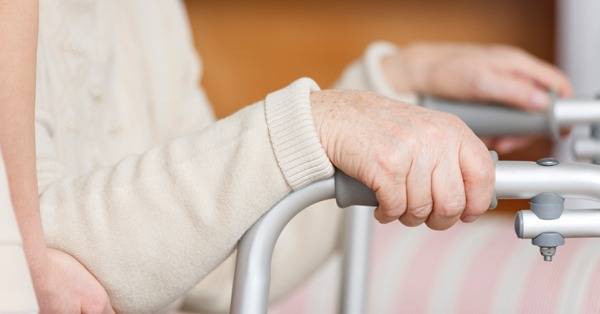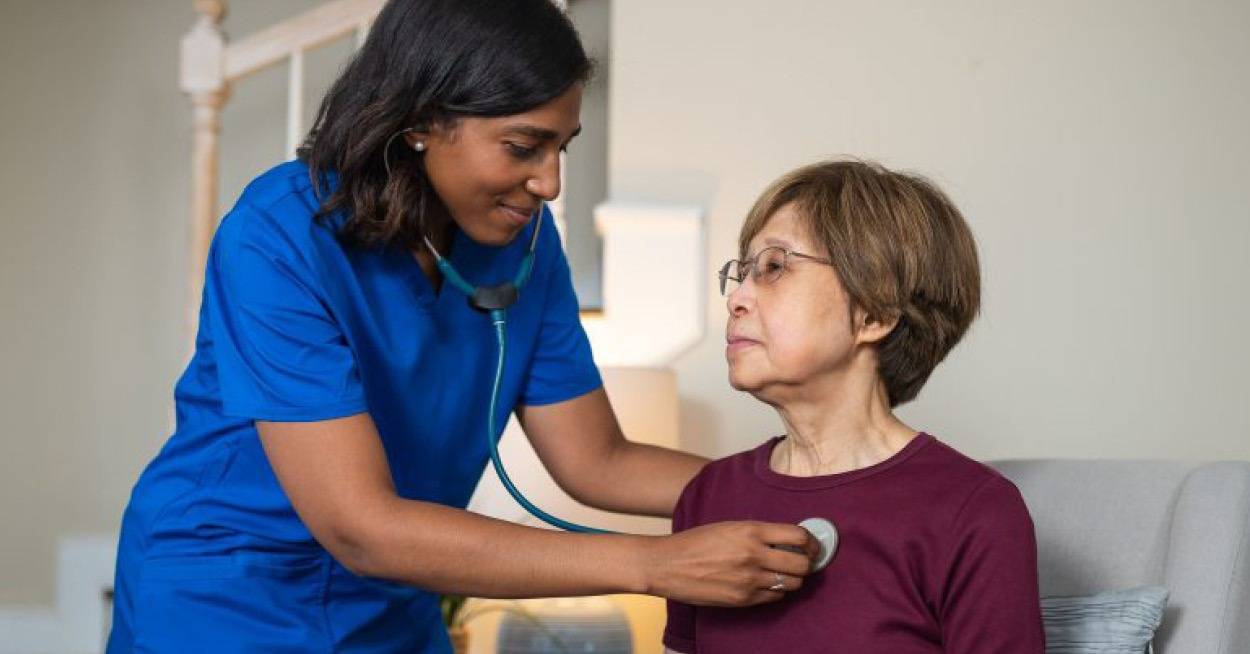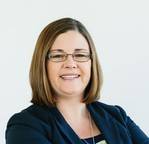- Solutions
- Solutions
- Home Health
- Hospice
- Life Plan Community
- Palliative Care
- Private Duty
- Senior Living
- Skilled Nursing
- Skilled Nursing
- Skilled Nursing Software
- Advanced Insights
- Customer relationship management
- Data and analytics
- Financial & operations management
- Marketing
- Nutrition management
- Referral management
- Regulatory compliance
- Retail management
- Resident engagement
- Revenue cycle management
- Skilled nursing interoperability
- Partners
- Blogs
- Resources
- About
- User Conference

Laying the foundation for reducing falls: 5 areas to consider
We all know that managing clinical risk is a major focus for all skilled nursing facilities. Reducing falls for residents or patients during their stay is a top priority for any organization that provides out-of-hospital care. According to the Centers for Disease Control and Prevention (CDC) and the National Council on Aging (NCOA), falls in skilled nursing facilities (SNFs) cost the healthcare system approximately $50 billion annually, while a fall with a major injury can cost up to $35,000 per incident. Consider these additional sobering statistics:
- In a typical year, a SNF with 100 residents will see between 100-200 falls
- Approximately 10-20% of those falls result in serious injury
- Approximately 1,800 individuals die from falls per year
With statistics this devastating, carrying both human and financial consequences, fall prevention is a major focal point for any organization or caregiver that cares for residents in skilled nursing facilities, senior living housing, or similarly focused entities such as life plan communities.
At the foundation, you have EHR software vendors that are tasked with providing electronic methods for documenting a resident’s clinical history and current health status, such as diagnosis codes (ICD-10 classifications of diseases), vital sign readings, activities of daily living assessments, mediations, physician orders, and much more. This is just the starting point for preventing falls because, without this robust collection system, it would be nearly impossible to produce any helpful insights for caregivers.
Next, the EHR produces insights from the EHR data that help caregivers identify which residents are most at risk for falling. This is done using a machine learning algorithm that analyzes millions of data points from historical data (without PHI) and “learns” which data patterns suggest a high likelihood of falling when applied to each current resident. The caregivers use their clinical training while reviewing the predictions and determine where to intervene for residents at highest risk of falling.
Finally, the EHR data that defines which residents fell within a specific care setting, on which date, at what time of day, on which nursing unit, etc. is summarized in a visual format for clinical leadership to assess the efficacy of their fall prevention strategy. Data will show which care settings have a higher rate of falls per 1,000 residents in both the current month and historically. Leadership can see where additional follow-up training or focus is needed to achieve their goal of reducing falls to the lowest possible rate.
This continuum of value is interconnected and vital to the ultimate objective of reducing falls for the sake of providing outstanding resident care, which in turn helps reduce the burdensome cost of adverse outcomes. Here are five compelling areas to consider:
- Resident quality of life. There is no such thing as a “harmless” fall. Even if a resident who falls is fortunate enough to avoid catastrophic injury, the mental and physical effects of that event will always linger. The top benefit of reducing falls is maintaining the highest quality of life for residents.
- Clinical risk. Falls with major injury will result in a trip to the hospital to deal with the resulting trauma. Hospital admissions from a SNF are closely watched by government agencies, referral partners, and families who choose to entrust the care of their loved ones to the SNF.
- Financial impacts. Unfortunately, legal action is quite common after a fall, and costs to an organization typically begin at $10,000. Every fall that is avoided reduces legal exposure and potential expenses that can result.
- Quality ratings. The Centers for Medicaid and Medicare Services (CMS) collects data from all SNFs to provide an array of information that depicts performance. A formula that includes several detailed scores of various areas of care is used to produce a “Star Rating” for each SNF on a scale of 1-5 for overall rating, with 5 being the highest. Falls are a major factor in this score.
- Performance-based incentives. With managed care becoming more prevalent in our markets, there are increased opportunities to earn bonus payments through insurance partnerships by meeting performance benchmarks for falls and other areas. Additionally, ACOs or other affiliated networks will reward organizations with low fall rates with either more referrals or performance bonuses.
In closing, preventing falls is a top priority for all SNFs and any long-term care organization. Reducing falls is good for business, but even more importantly, it is a critical component of high-quality resident care.
Data sources: Centers for Disease Control and Prevention; National Council on Aging
Request a demo today for a closer look at MatrixCare.
See what MatrixCare can do for you
Rob Price
Rob Price joined MatrixCare in 2016 and has been working in the healthcare technology market since 1999. His experience covers the continuum of the healthcare delivery system starting with physician practice management (EHR and RCM), hospital patient accounting (RCM), and long-term care (EHR and RCM). His focus has always been on building reporting and analytics systems that empower people and organizations to be information driven.
Related Posts


See MatrixCare in action
Start by having a call with one of our experts to see our platform in action.
MatrixCare offers industry-leading software solutions. Thousands of facility-based and home-based care organizations trust us to help them improve efficiency and provide exceptional care.
© 2025 MatrixCare is a registered trademark of MatrixCare. All rights reserved.





